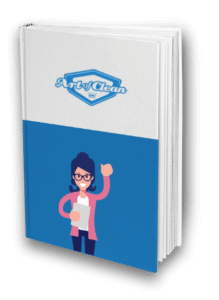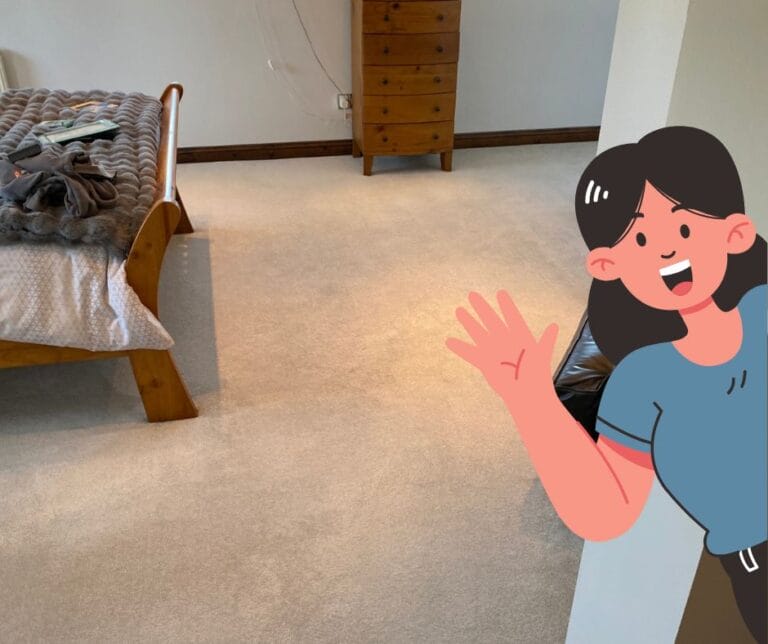Over the years we received many calls from our clients asking if Parquet floors can be sanded and restored.
This article will help answer that. There are many types of parquet floors and for now, I wish to only talk about the style referred to as 5 finger parquet. It is called 5 fingers as you have 5 short pieces of wood side by side and in some cases, you can have 1 running in the opposite direction.
The biggest challenge with these floors can be that wood blocks or “fingers” get lose from the floor as the old glue that was used at the time dried out and become brittle. If some of the blocks gets lose it can be glued back but it presents a challenge that if you lift some out you find that it can become a domino effect and more come out that what you expect. Repairs to these floors can be time-consuming. It is also important to use a suitable glue as a water-based glue will only hold the blocks for a few months. A solvent-based glue or compatible wood floor glue must be used.
I made this video to explain parquet floor and repairs a little better
In some cases, if the floors have been sanded many times you may not notice, and you can sand right through the floor. We prefer to use a special Rotary sander to remove as little wood in the sanding process as possible. Our tool of choice for the sanding of parquet floors is the Pallmann Spyder. The other reason a belt sander is not ideal for sanding parquet flooring is that it creates vibrations on the floor, and this can loosen more of the 5 finger parquet woodblocks.
A further step that can be taken to get a super finish on the parquet floor sanding is to apply a resin filler to fill the gaps in the parquet floor. This prevents any liquid from getting in between the blocks that can cause the blocks to swell and loosen further.






